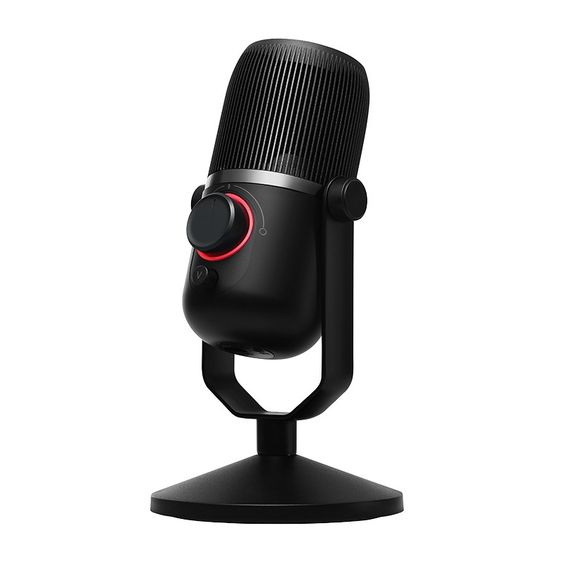Introduction
In the world of gaming, effective communication is essential, whether coordinating strategies with teammates or engaging with an audience during a live stream. A high-quality gaming microphone can dramatically enhance your overall experience, providing crystal-clear audio for your gaming sessions. In this comprehensive guide, we’ll explore the types of gaming microphones, key features to look for, and tips for choosing the right one for your setup.
Types of Gaming Microphones
1. USB Microphones
- Description: USB microphones connect directly to your computer or gaming console via a USB port.
- Advantages: They are typically easy to set up and use, featuring built-in audio interfaces that simplify the recording process. They often come with adjustable settings for gain and volume control.
- Ideal For: Casual gamers and streamers who need a straightforward solution without requiring additional equipment.
2. XLR Microphones
- Description: XLR microphones are professional-grade microphones that require an audio interface or mixer to connect to your computer.
- Advantages: These microphones offer superior sound quality, dynamic range, and versatility, making them ideal for professional-grade streaming and podcasting.
- Ideal For: Serious content creators and streamers who demand high fidelity in their audio recordings.
3. Lavalier Microphones
- Description: Lavalier microphones are small clip-on mics that can be attached to clothing.
- Advantages: They are discreet, portable, and provide hands-free operation, making them ideal for mobile gaming and interviews.
- Ideal For: Gamers on the go or those who prefer a low-profile solution while streaming or creating content.
Key Features to Look For
1. Pickup Pattern
Microphones come with different pickup patterns, including:
- Cardioid: Captures sound primarily from the front, making it ideal for isolating your voice in noisy environments.
- Omnidirectional: Captures sound from all directions, which can be useful for group settings or recording ambient sound.
2. Frequency Response
A wider frequency response range allows the microphone to capture more nuanced sounds, resulting in clearer audio quality. Look for microphones with a frequency response of at least 20 Hz to 20 kHz for optimal results.
3. Noise Cancellation
Many modern gaming microphones come with built-in noise-reducing features that help minimize background noise. This is especially important in chaotic gaming environments or when streaming in busy households.
Maintenance Tips
- Storage: Keep your microphone in a protective case or cover when not in use to avoid damage and dust accumulation.
- Cleaning: Regularly clean the microphone grille and pop filters to ensure clear audio and to prevent buildup from moisture and oils.

